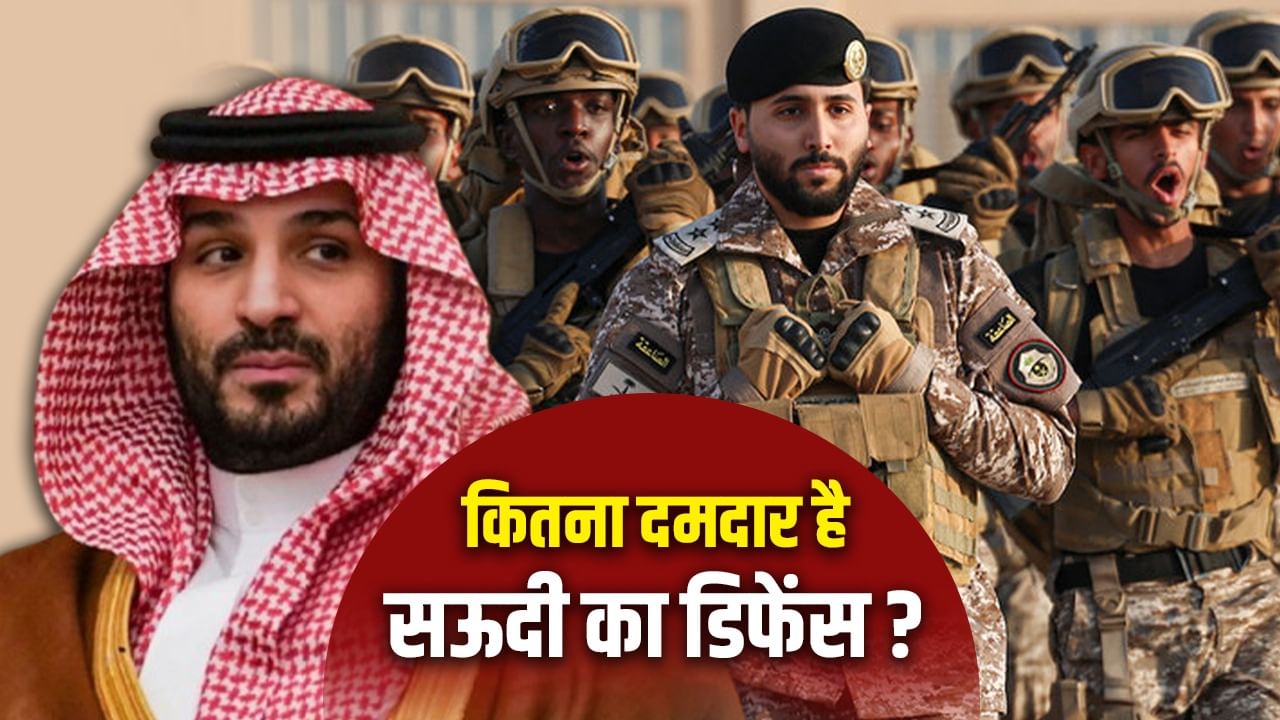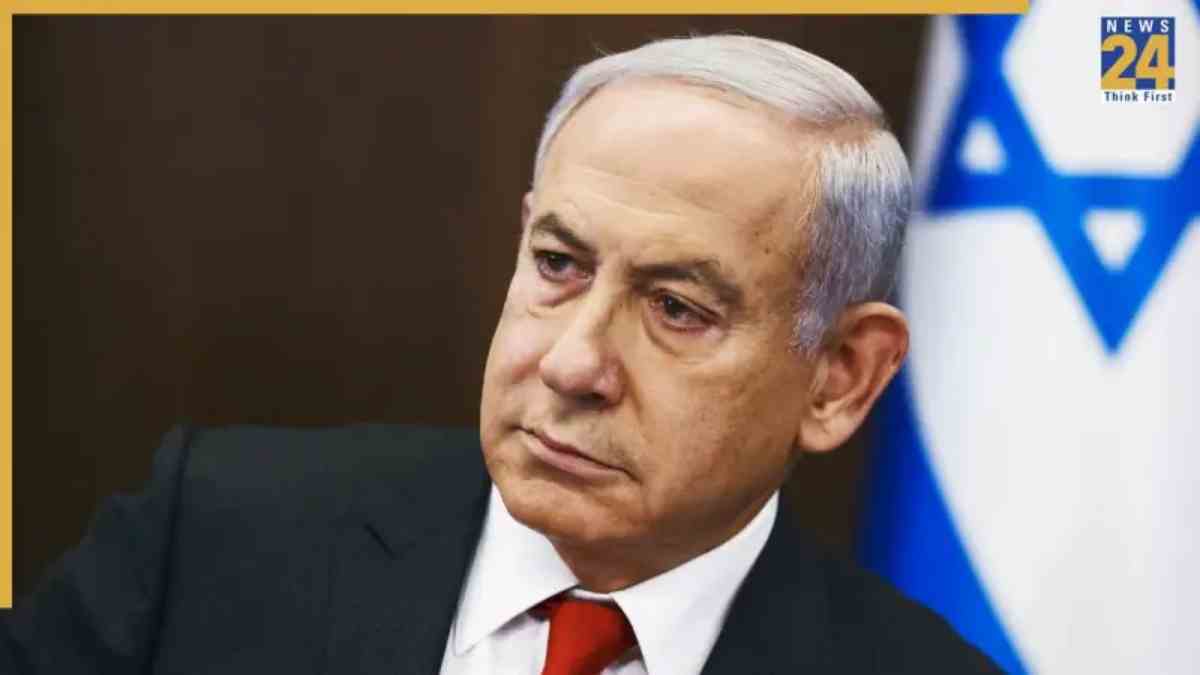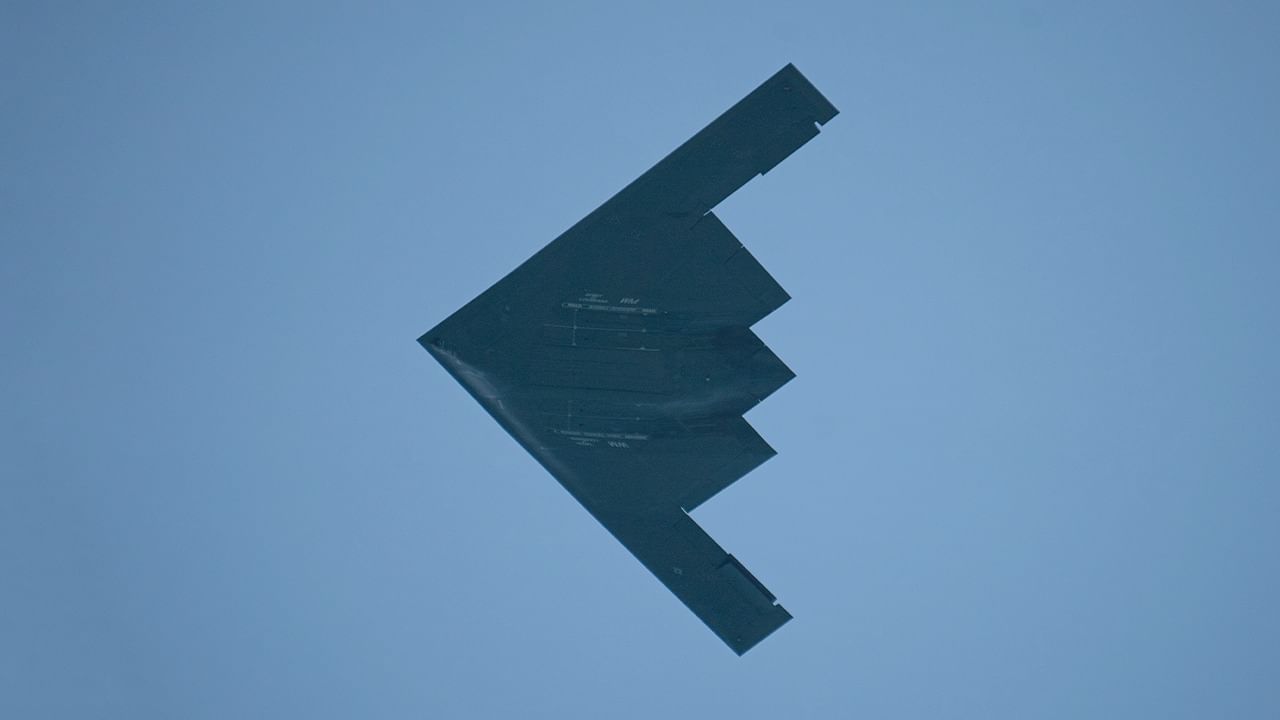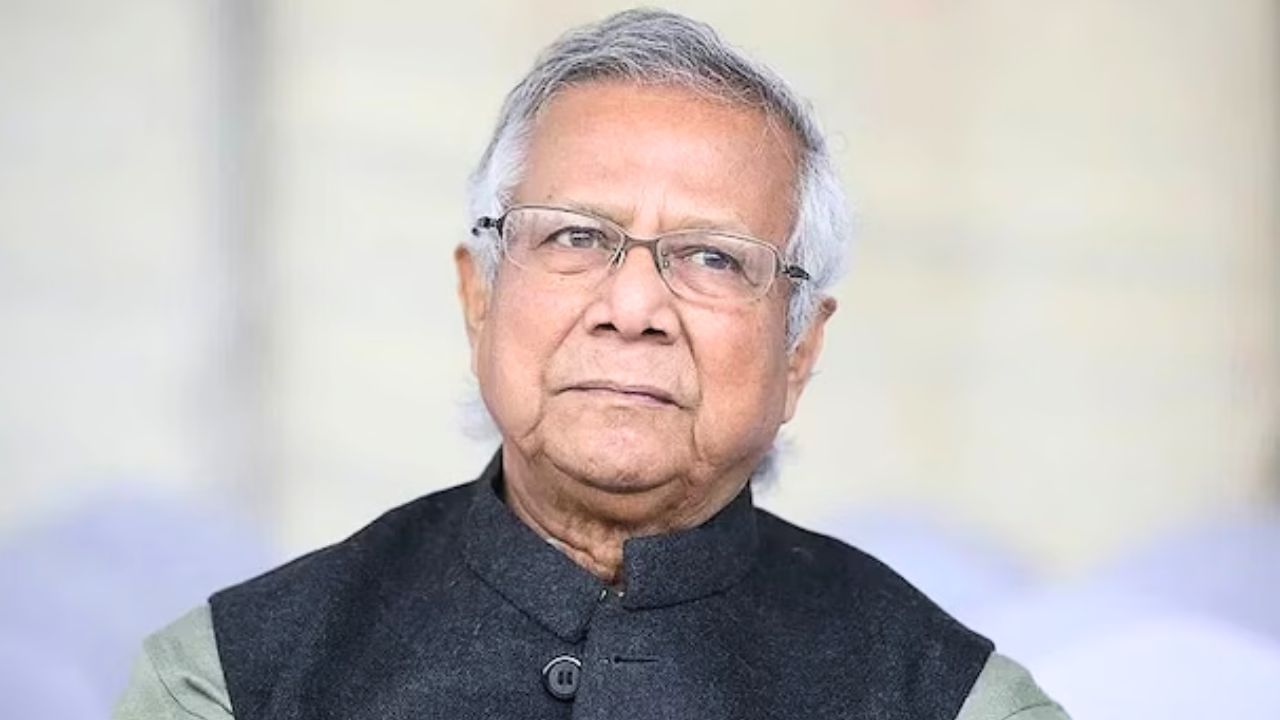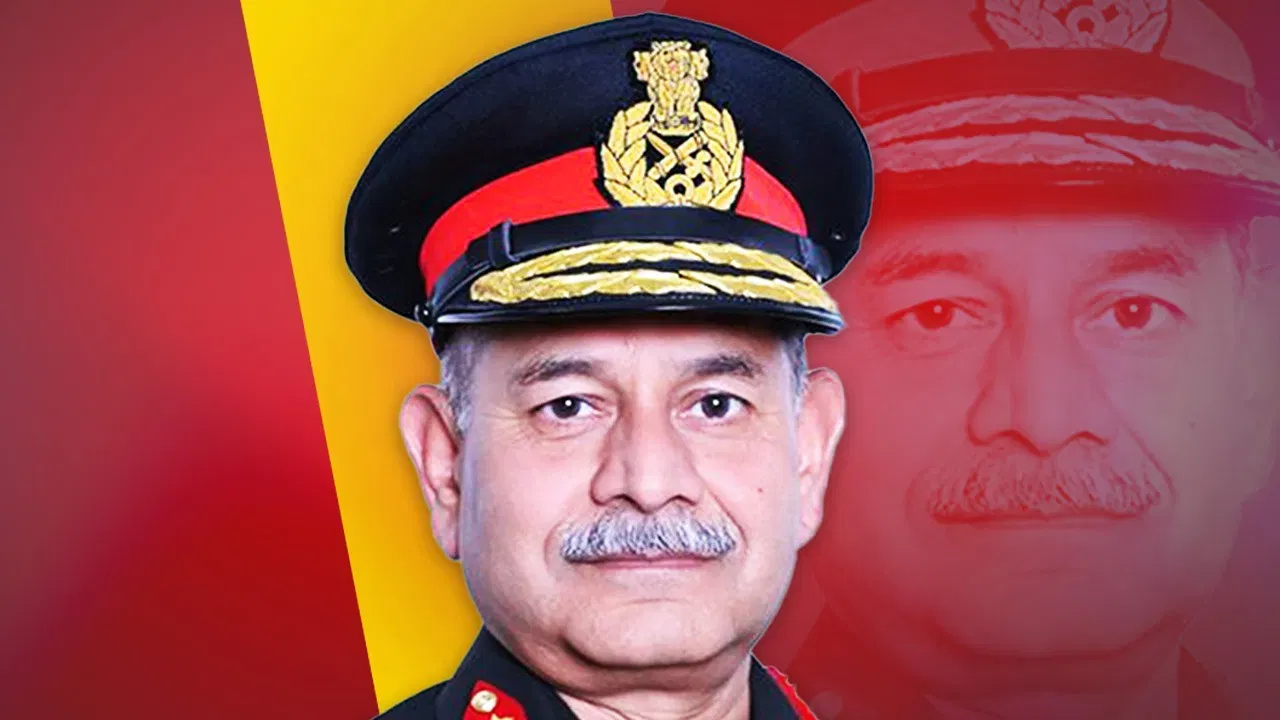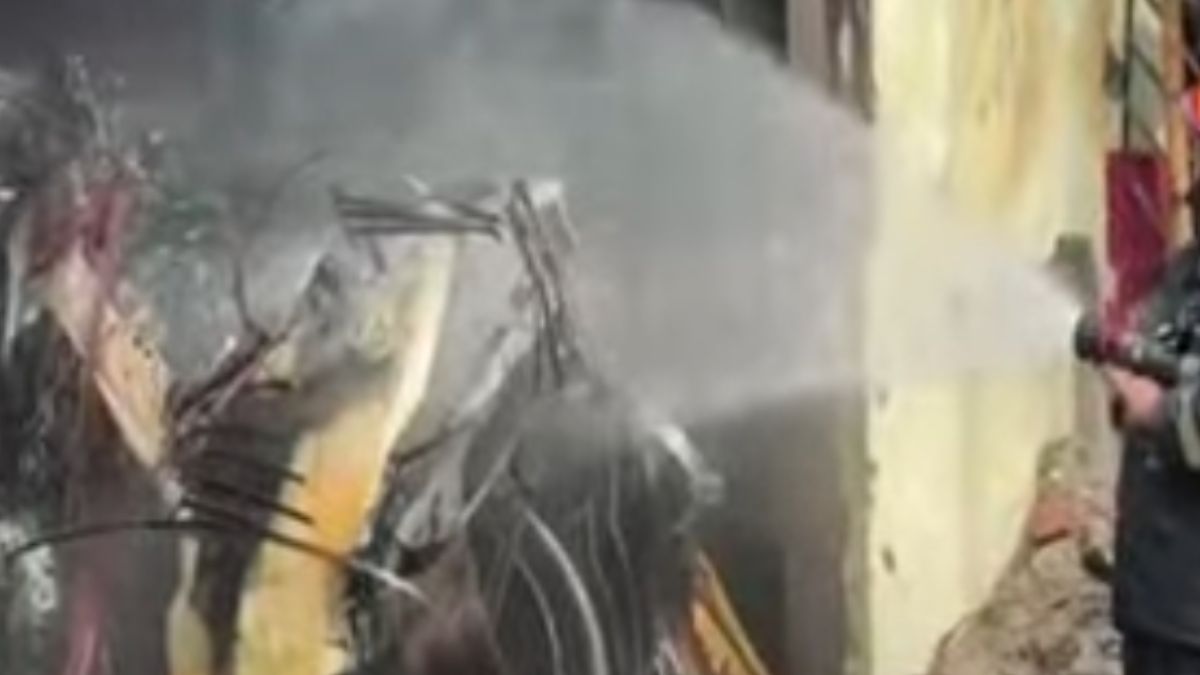Subscribe to Updates
Get the latest creative news from FooBar about art, design and business.
Browsing: Air Force
General Upendra Dwivedi, the Indian Army Chief, addressed Operation Sindoor. He stated that a meeting with Defence Minister Rajnath Singh took place…
A Bangladesh Air Force training aircraft plummeted into a school in Dhaka on Monday, leading to the death of one individual. The…
With the ongoing conflict between Israel and Iran, the presence of a ‘Doomsday plane’ in Washington has raised questions. The E-4B Nightwatch,…


